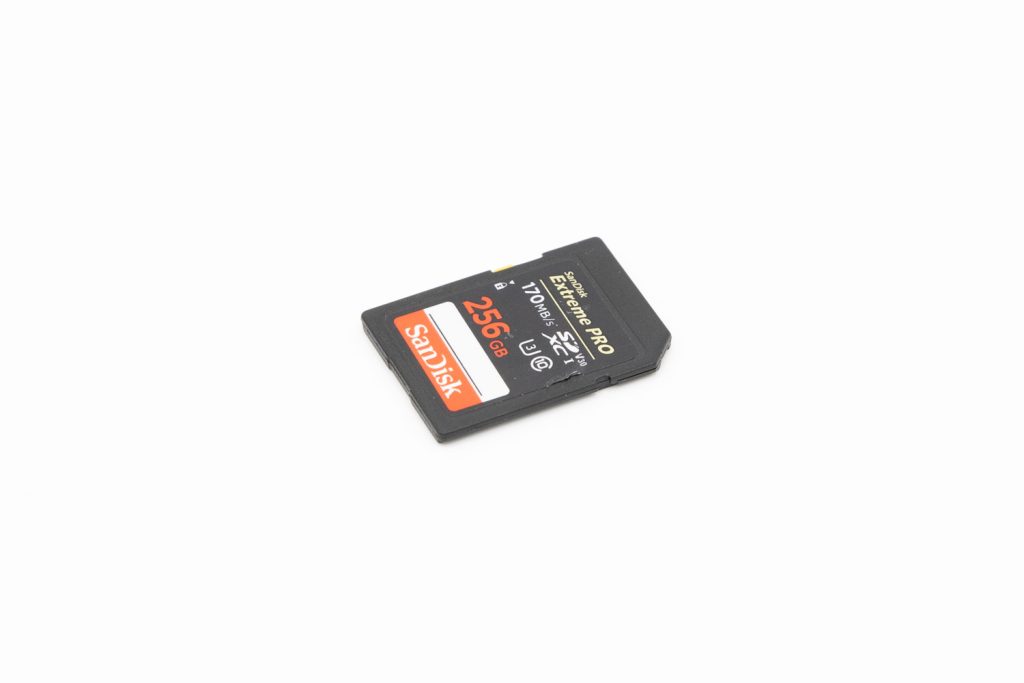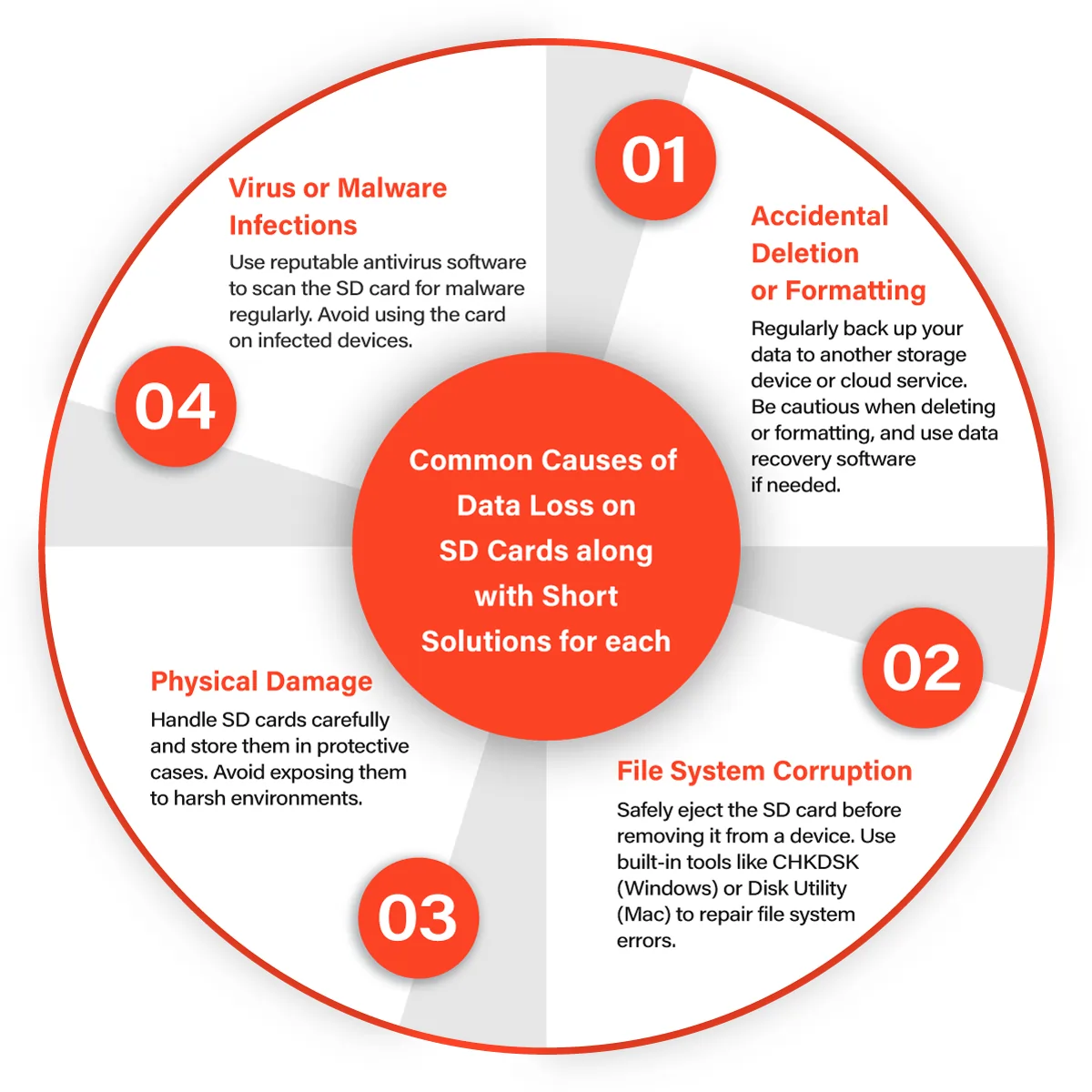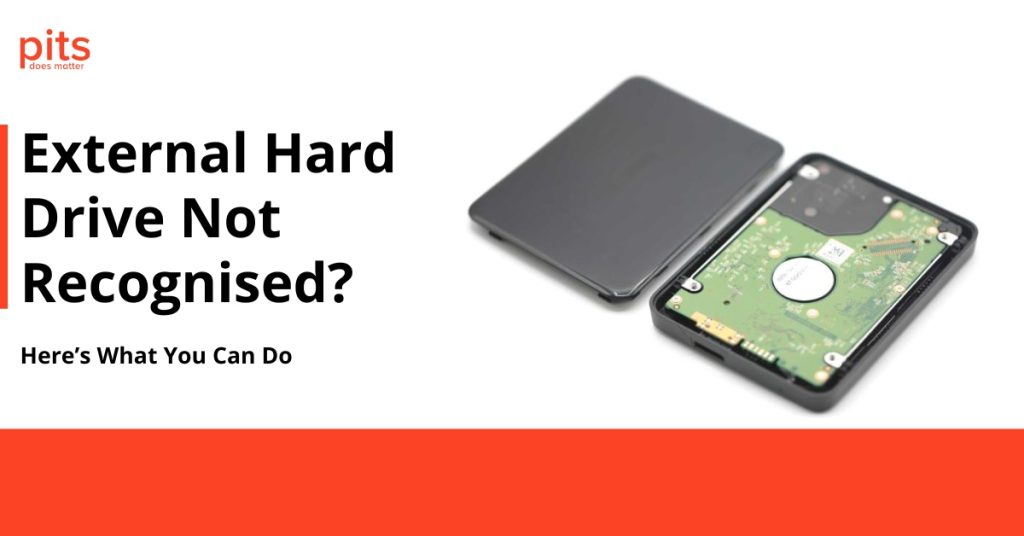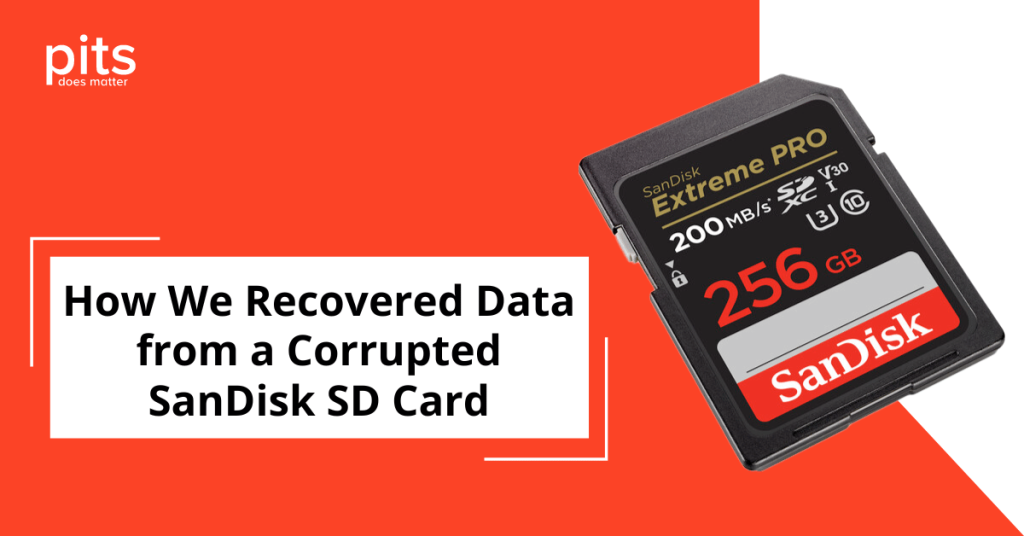Amidst the contemporary digital epoch, data retention has evolved into a fundamental facet of our quotidian existence. Our dependence upon an array of devices, encompassing smartphones, digital cameras, and laptops, for the safe keeping of invaluable data is pronounced. An example of the favored storage medium is the Secure Digital (SD) card, an innovation that has redefined the paradigms of data preservation and transference. Within the confines of this blog entry, our team shall meticulously examine the essence of SD cards, their diverse applications, and the prevailing triggers behind data compromise.
What is a Secure Digital Card
An SD card constitutes a variant of a flash memory card designated for the storage and transmission of digital data. Renowned for their compactness and portability, SD cards find optimal utility in contexts such as digital cameras, smartphones, and other analogous mobile apparatus.
Differing in dimensions and storage capabilities, these cards span a spectrum from a few gigabytes to several terabytes.
The inherent characteristic of SD cards is their modularity; thus, they can be effortlessly slotted into and extracted from compatible devices. Furthermore, their composition underscores durability, as a considerable number of these cards can endure extreme temperature variations, mechanical jolts, and even immersion in water.

Applications of SD Cards
Secure Digital cards find extensive utility across an array of devices, encompassing digital cameras, smartphones, tablets, laptops, and gaming consoles. Below are outlined several of the most prevalent applications of SD cards:
Digital Cameras: SD cards serve as a ubiquitous storage solution for digital cameras, offering a dependable and streamlined method for archiving photographs and videos.
Smartphones: A multitude of smartphones incorporate SD card compatibility, affording users the opportunity to augment their storage capacity, thereby facilitating the retention of a larger volume of photos, videos, and music files.
Tablets: Select tablets are also equipped to accommodate SD cards, thereby empowering users to extend their storage capabilities and amassing an expanded assortment of applications and multimedia content.
Laptops: A subset of laptops is furnished with integrated SD card readers, expediting the swift transfer of data between laptops and other connected devices.
Gaming Consoles: Certain gaming consoles, exemplified by the Nintendo Switch, leverage SD cards to house games and game saves, contributing to a convenient gaming experience.
Primary Factors Underpinning Data Loss Incidents on SD Cards
Notwithstanding the inherent resilience and dependability of SD cards, they remain susceptible to eventualities such as failures leading to data compromise. The ensuing enumeration encapsulates some of the most prevalent rationales contributing to data loss occurrences on SD cards:
Unintended Erasure: Accidental deletions rank amongst the foremost contributors to data loss incidents on SD cards. These occurrences transpire when an endeavor to delete a specific file inadvertently culminates in the erasure of an unintended one.
Format Operations: The initiation of a format procedure for an SD card precipitates the expungement of all stored data. Such occurrences may arise either inadvertently or by design, often during attempts to liberate storage capacity on the card.
Physical Impairment: SD cards are susceptible to detriment resulting from factors such as water exposure, elevated temperatures, and mechanical shocks. Consequent physical damage can engender data loss or even engender a comprehensive card failure.
Virulent Intrusions: The intrusion of viruses or malware onto SD cards can foster data corruption or deletions, significantly jeopardizing the integrity of data stored on the card.
File System Deterioration: The file system residing on an SD card possesses susceptibility to corruption, a phenomenon that can precipitate data loss. Such deterioration can materialize due to diverse factors, including untimely removal of the card from a device or an abrupt power outage in the midst of a data transfer process.
Data Supersession: The act of overwriting data on an SD card similarly engenders data loss implications. This situation unfolds when a novel file, bearing an identical nomenclature as a pre-existing counterpart, is stored on the card. The ensuing effect involves the new file supplanting the antecedent one, thereby culminating in the erosion of data.

Preventing Data Loss on SD Cards
Mitigating the potential for data loss on SD cards requires proactive approaches. To this end, consider the following recommendations to uphold the security of your data:
Implement Data Backups: The foremost strategy involves establishing regular data backups to alternative locations. Leverage mechanisms like cloud storage or external hard drives for this purpose.
Exercise Prudent Handling: Given the susceptibility of SD cards to physical impairment, prudence in handling is paramount. Guard against exposure to extremes in temperature, moisture, and mechanical impact.
Adhere to Safe Ejection Practices: Prior to removing your SD card, consistently adhere to the practice of safely ejecting it from the host device. This ensures the completion of all data transfers and eliminates the possibility of ongoing card engagement.
Utilise Trustworthy Devices: Prioritise the use of reliable, virus-free devices in conjunction with your SD card. Exercise caution against the utilization of obscure or inexpensive SD card brands, as these can entail heightened vulnerability to failure.
Employ Antivirus Software: Fortify your devices’ security by installing and routinely updating antivirus software. This will provide a safeguard against potential viruses and malware threats targeting your SD card.
Avert Data Overwriting: Prevent inadvertent data overwrites by consistently bestowing distinct filenames upon new files destined for your SD card.
Although SD cards constitute a dependable medium for storing and transmitting digital data, they remain susceptible to diverse sources of data loss, including physical impairment, viral infiltration, and accidental erasure.
Should you find yourself grappling with data loss on your SD card, do not hesitate to engage with our accomplished data recovery team. Our experts stand ready to facilitate the restoration of your invaluable data assets.
Frequently Asked Questions
What is an SD card?
An SD (Secure Digital) card represents a portable memory card widely utilized in electronic devices, encompassing cameras, smartphones, tablets, and portable gaming consoles. It serves the purpose of augmenting storage capacity, accommodating an array of data categories, including photographs, videos, documents, and music.
What are the distinct variants of SD cards?
Various classifications of SD cards exist, comprising SDSC (Standard Capacity), SDHC (High Capacity), and SDXC (Extended Capacity). These classifications exhibit varying storage capacities and functionalities, with SDSC typically accommodating up to 2GB, SDHC catering to 32GB, and SDXC encompassing capacities exceeding 32GB, spanning from 64GB to several terabytes.
How is an SD card operated?
To utilize an SD card, insert it into the designated slot on your device designed to accommodate SD card storage. Ensure precise and thorough insertion, subsequently verifying the card’s successful recognition by the device. Upon successful insertion, you can proceed to store and access files on the SD card, simulating the manner in which you interact with the device’s internal storage.
Is it possible to employ an SD card across multiple devices?
Indeed, SD cards exhibit general interchangeability across devices equipped with SD card slots and are compatible with the same card specification. Nonetheless, it remains imperative to ascertain the alignment between the card’s compatibility and the device’s specifications, thereby ensuring seamless functionality and optimal operational efficiency.


